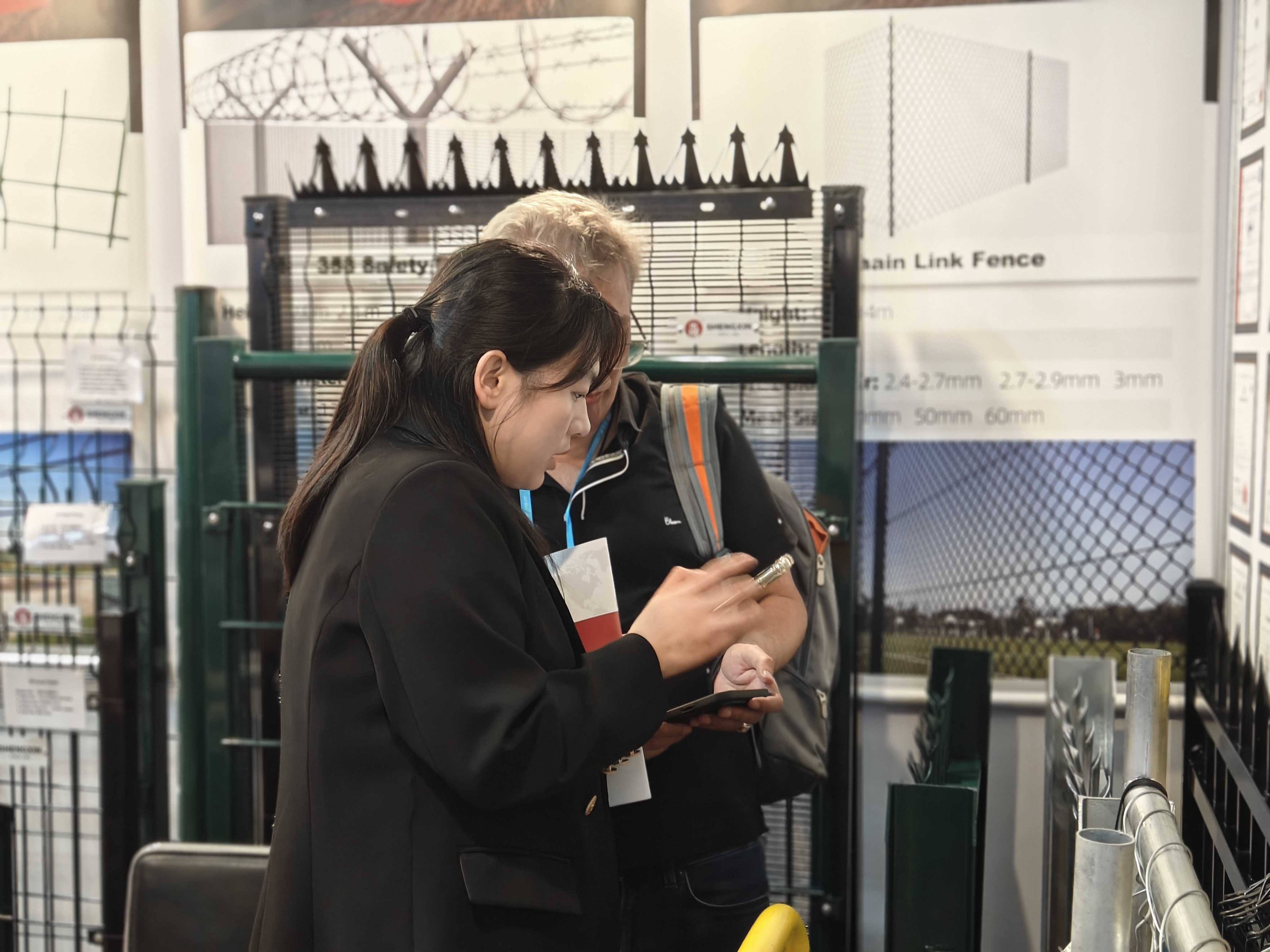

Sep . 23, 2024 11:01 Back to list
3D Perimeter Fencing Solutions for Enhanced Security and Safety in Industrial Settings
The Fascinating World of 3D Perimeter Fence Manufacturing
In today’s rapidly advancing world, innovation is at the forefront of numerous industries, and fence manufacturing is no exception. One of the most intriguing developments in this sector is the emergence of 3D perimeter fencing systems. These modern solutions not only enhance security but also integrate design aesthetics with advanced technology, making them a popular choice among various clients, from residential properties to high-security facilities.
The Importance of Security
As urbanization continues to rise, the demand for effective security solutions has surged. The need to protect property, whether residential or commercial, has led to the evolution of fencing systems. Traditional fencing methods have often provided a basic level of deterrence, but they lack the sophistication and adaptability required in today's dynamic environments. This is where 3D perimeter fences come into play. These fences are designed to create physical barriers that are not only strong and durable but also visually appealing.
What Is 3D Perimeter Fencing?
3D perimeter fencing is a type of security fence that features a unique, three-dimensional design that makes climbing or tampering extremely difficult. Unlike traditional flat fences, 3D fences typically have horizontal and vertical wires that create a wave-like profile, enhancing both their strength and visual appeal. This design minimizes the surface area available for intruders to grip, thereby increasing security.
Moreover, 3D fences are often made from robust materials such as galvanized steel or high-quality aluminum, providing enhanced durability against weather elements and potential vandalism. The finish on these materials can also be customized, offering a range of colors and coatings that can blend seamlessly with the surrounding environment, making them suitable for various settings—from parks and playgrounds to industrial complexes.
Benefits of 3D Fencing
1. Enhanced Security The unique design of 3D fencing systems significantly increases the difficulty of unauthorized access. The combination of height, thickness, and the dimensional profile creates a formidable barrier that acts as a deterrent to potential intruders.
2. Aesthetic Appeal Unlike traditional fencing solutions that can often detract from the surroundings, 3D fences can be designed to complement the landscape. Their stylish appearance makes them an attractive option for residential properties or areas where visual appeal is essential.
3d perimeter fence factory

3. Versatile Applications 3D perimeter fencing is suitable for a variety of applications, including schools, commercial facilities, sports complexes, and correctional institutions. They can be tailored to meet specific security requirements while ensuring that they do not obstruct views or light.
4. Low Maintenance One of the critical advantages of modern fencing materials is their low maintenance requirements. The materials used in 3D fences are often resistant to rust and corrosion, which means they retain their appearance and structural integrity for years with minimal upkeep.
5. Quick Installation Advances in manufacturing techniques have streamlined the process of producing 3D fencing systems, resulting in quicker installation times compared to traditional fencing solutions. This efficiency benefits both manufacturers and customers by reducing labor costs and minimizing disruption during the installation period.
The Manufacturing Process
The manufacturing of 3D perimeter fencing involves several innovative steps. It starts with the selection of high-quality raw materials that undergo rigorous inspections to ensure they meet industry standards. Once approved, the materials are cut and bent into the desired three-dimensional shapes using advanced machinery. Techniques such as welding and galvanizing are then employed to enhance durability.
After production, the panels undergo surface treatments to prevent rust and enhance aesthetic appeal before being packaged for distribution. This meticulous process ensures that every element of the fence meets the expected performance and quality standards, providing customers with peace of mind regarding their investment.
Future Trends
As security needs continue to evolve, so too does the technology behind fencing solutions. The future may see even more advanced features integrated into 3D perimeter fences, such as smart technology, which could involve sensors and surveillance equipment that further enhance security measures. The incorporation of renewable materials and sustainable manufacturing processes may also become more prominent as society shifts towards environmentally friendly solutions.
In conclusion, the 3D perimeter fence factory represents a significant advancement in the fencing industry. With its blend of security, aesthetics, and innovative technology, 3D fencing systems are poised to become a staple in safeguarding properties across the globe. As we look ahead, the evolution of these systems promises to address ever-growing security challenges in a stylish and efficient manner.
-
Best Galvanized Steel Fence Designs: Durable & Stylish
NewsJul.25,2025
-
Powder Coated Double Wire Mesh Fence for Germany Market - Anping County Shengxin Metal Products Co., Ltd.
NewsJul.21,2025
-
Powder Coated Double Wire Mesh Fence - Anping County Shengxin Metal Products Co., Ltd | Durable, Eco-Friendly
NewsJul.21,2025
-
Powder Coated Double Wire Mesh Fence-Germany Market|Corrosion Resistance&Customizable Fencing
NewsJul.21,2025
-
Powder Coated Double Wire Mesh Fence - Anping County Shengxin Metal Products Co., Ltd | Durable, Aesthetic, Eco-friendly
NewsJul.21,2025
-
Powder Coated Double Wire Mesh Fence for Germany Market-Anping County Shengxin Metal Products Co., Ltd|Durable,Eco-Friendly
NewsJul.21,2025